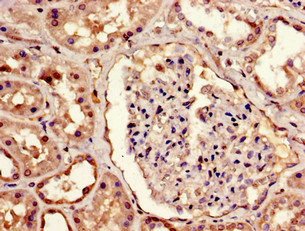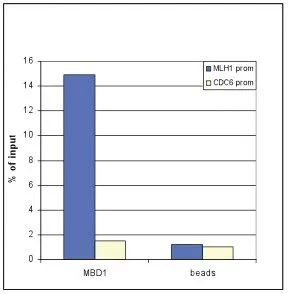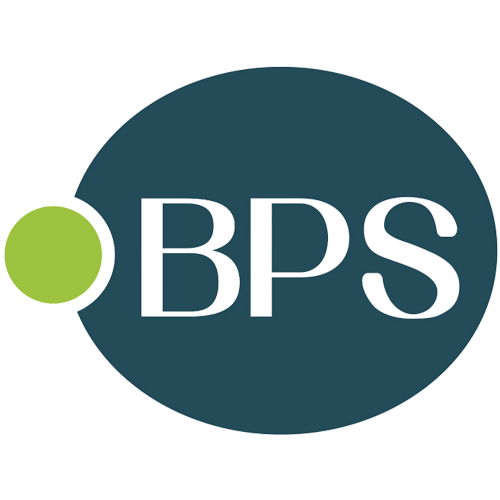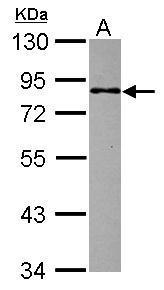MBD1 antibody [N2C2], Internal
GTX110612
ApplicationsWestern Blot
Product group Antibodies
TargetMBD1
Overview
- SupplierGeneTex
- Product NameMBD1 antibody [N2C2], Internal
- Delivery Days Customer9
- Application Supplier NoteWB: 1:500-1:3000. *Optimal dilutions/concentrations should be determined by the researcher.Not tested in other applications.
- ApplicationsWestern Blot
- CertificationResearch Use Only
- ClonalityPolyclonal
- Concentration1 mg/ml
- ConjugateUnconjugated
- Gene ID4152
- Target nameMBD1
- Target descriptionmethyl-CpG binding domain protein 1
- Target synonymsCXXC3, PCM1, RFT, methyl-CpG-binding domain protein 1, CXXC-type zinc finger protein 3, protein containing MBD 1, protein containing methyl-CpG-binding domain 1, the regulator of fibroblast growth factor 2 (FGF-2) transcription
- HostRabbit
- IsotypeIgG
- Protein IDQ9UIS9
- Protein NameMethyl-CpG-binding domain protein 1
- Scientific DescriptionDNA methylation is the major modification of eukaryotic genomes and plays an essential role in mammalian development. Human proteins MECP2, MBD1, MBD2, MBD3, and MBD4 comprise a family of nuclear proteins related by the presence in each of a methyl-CpG binding domain (MBD). Each of these proteins, with the exception of MBD3, is capable of binding specifically to methylated DNA. MECP2, MBD1 and MBD2 can also repress transcription from methylated gene promoters. Five transcript variants of the MBD1 are generated by alternative splicing resulting in protein isoforms that contain one MBD domain, two to three cysteine-rich (CXXC) domains, and some differences in the COOH terminus. All five transcript variants repress transcription from methylated promoters; in addition, variants with three CXXC domains also repress unmethylated promoter activity. MBD1 and MBD2 map very close to each other on chromosome 18q21. [provided by RefSeq]
- Storage Instruction-20°C or -80°C,2°C to 8°C
- UNSPSC12352203
References
- Wijenayake S, Storey KB. The role of DNA methylation during anoxia tolerance in a freshwater turtle (Trachemys scripta elegans). J Comp Physiol B. 2016,186(3):333-42. doi: 10.1007/s00360-016-0960-xRead this paper








